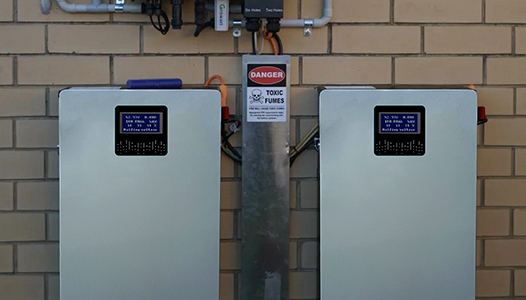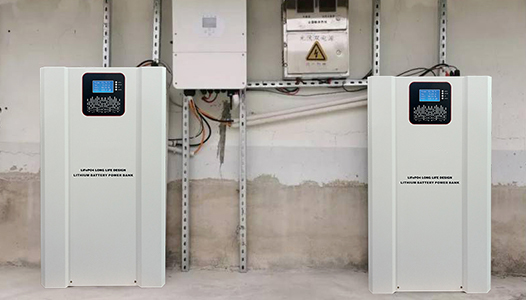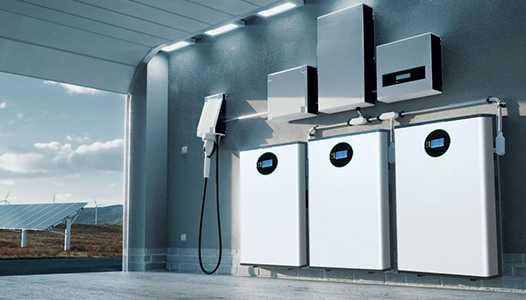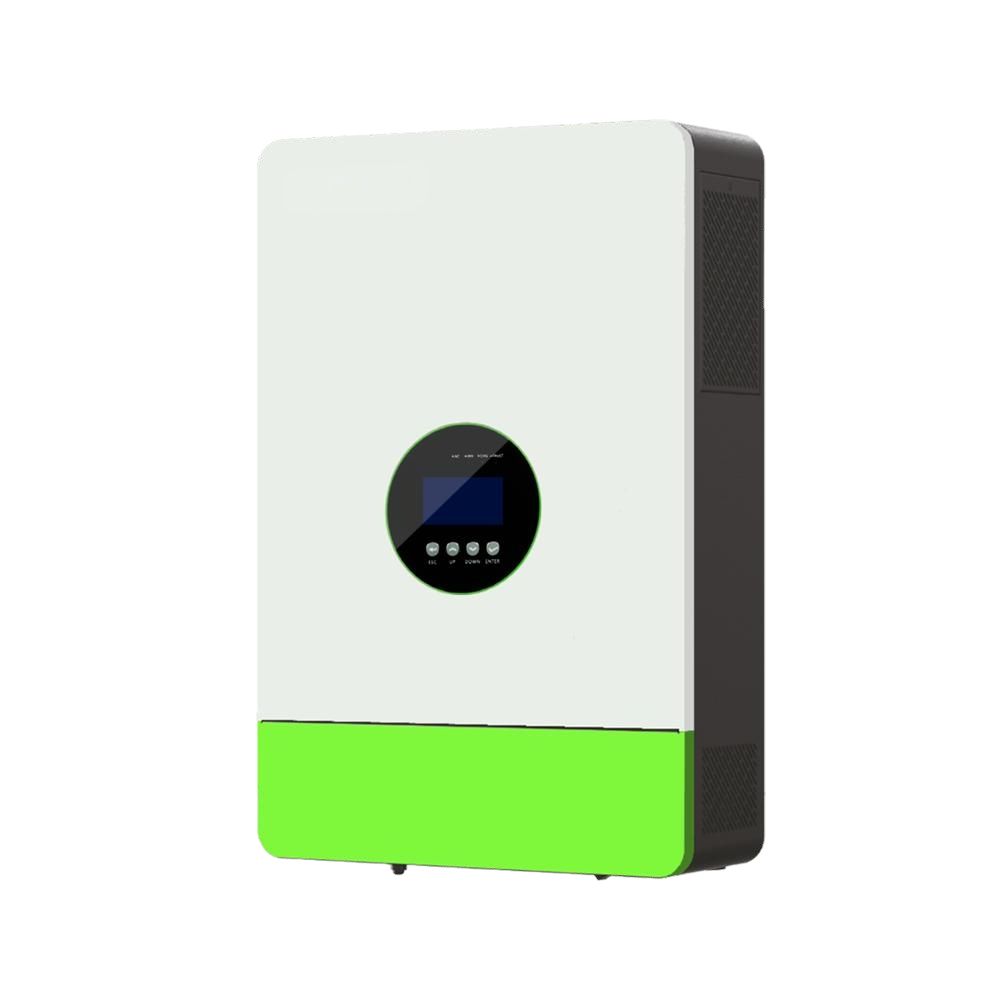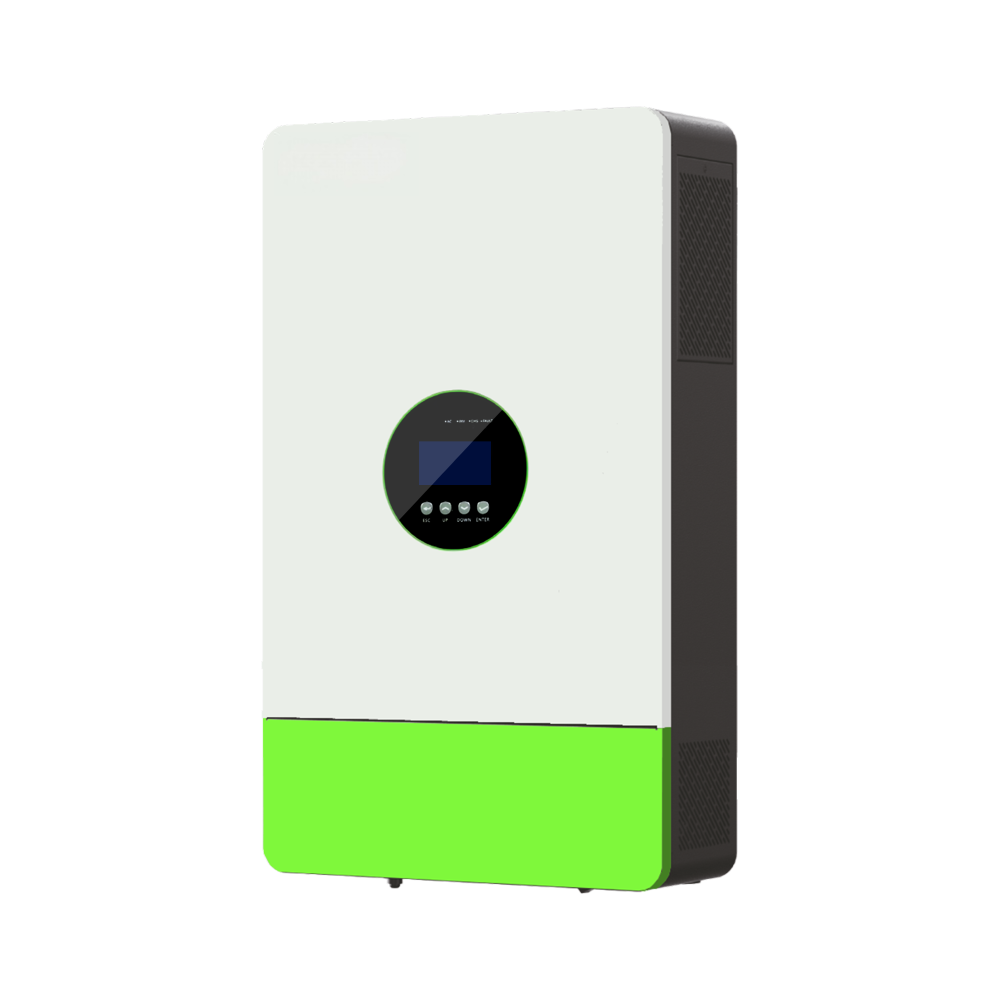 Home
/
News
/
Company News
Home
/
News
/
Company News
Grid-connected and off-grid: The two core distinctions of inverters
2025-11-12
In modern energy applications, inverters, as the "bridge" for the conversion between direct current and alternating current, play a crucial role. According to their connection relationship with the public power grid, inverters can mainly be divided into two categories: grid-connected type and off-grid type. They constitute the two major technical fulcrums of the current distributed generation system.
Grid-connected inverters are "contributors" that closely collaborate with the public power grid. It is mainly applied in connecting distributed energy sources such as solar panels or wind turbines. Its core function is to convert the generated direct current into perfect sinusoidal alternating current of the same frequency and phase as the power grid. Its working mode is highly intelligent: it prioritizes power supply to local loads, and any excess electricity is fed into the public power grid in real time, achieving "surplus power fed to the grid". When local power generation is insufficient, the power grid seamlessly supplements the electricity. To achieve safe collaboration, grid-connected inverters must have a strict "anti-islanding effect" function, that is, automatically stop power supply when the power grid is out of power to ensure the safety of maintenance personnel.
Off-grid inverters, on the other hand, are independent "energy islands". It operates completely independently of the public power grid and usually forms a self-sufficient power generation system together with battery packs, solar panels, etc. Its working scenarios are mostly located in remote areas without power grid coverage, recreational vehicles, ships, or as emergency backup power sources for important equipment. The off-grid inverter converts the direct current obtained from the battery into alternating current for the load to use. As it is not connected to the power grid, it does not require an anti-islanding function, but its design needs to take into account the intelligent charging and discharging management of the battery to extend the system's lifespan.
In short, grid-connected inverters are designed to interact with the power grid and pursue efficient power supply. Off-grid inverters are designed to achieve energy independence and ensure power supply in the absence of a grid. Understanding this core distinction is the foundation for the correct selection and application of inverter technology. With the development of energy storage technology, hybrid inverters that combine the functions of both are also becoming a new trend.
Focus on the research and development and manufacturing of high-performance lithium iron phosphate energy storage batteries and energy storage inverters. Aoge Future products, with safety, reliability and long cycle life as their core advantages, are widely used in household energy storage, photovoltaic energy storage and commercial and industrial energy storage projects. Committed to providing customized solutions for global customers, with direct supply from the factory, we offer you reliable energy security.

-
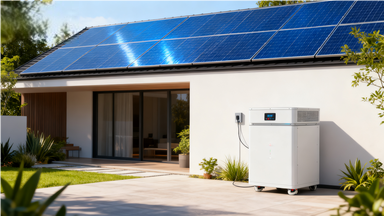
The core of Home Energy Storage: How to Choose Lithium Iron Phosphate Batteries
2025-11-14 -
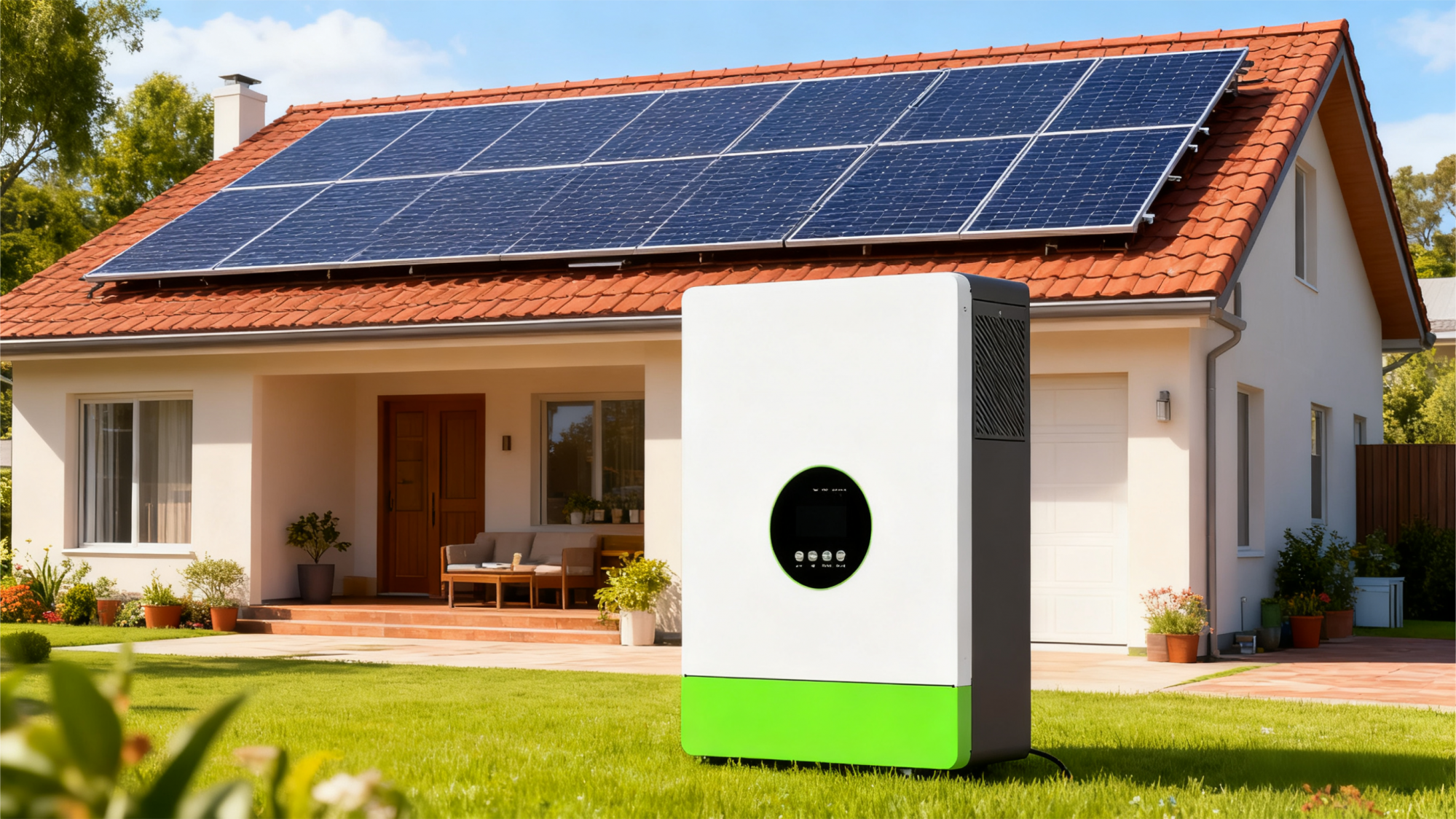
Grid-connected and off-grid: The two core distinctions of inverters
2025-11-12 -
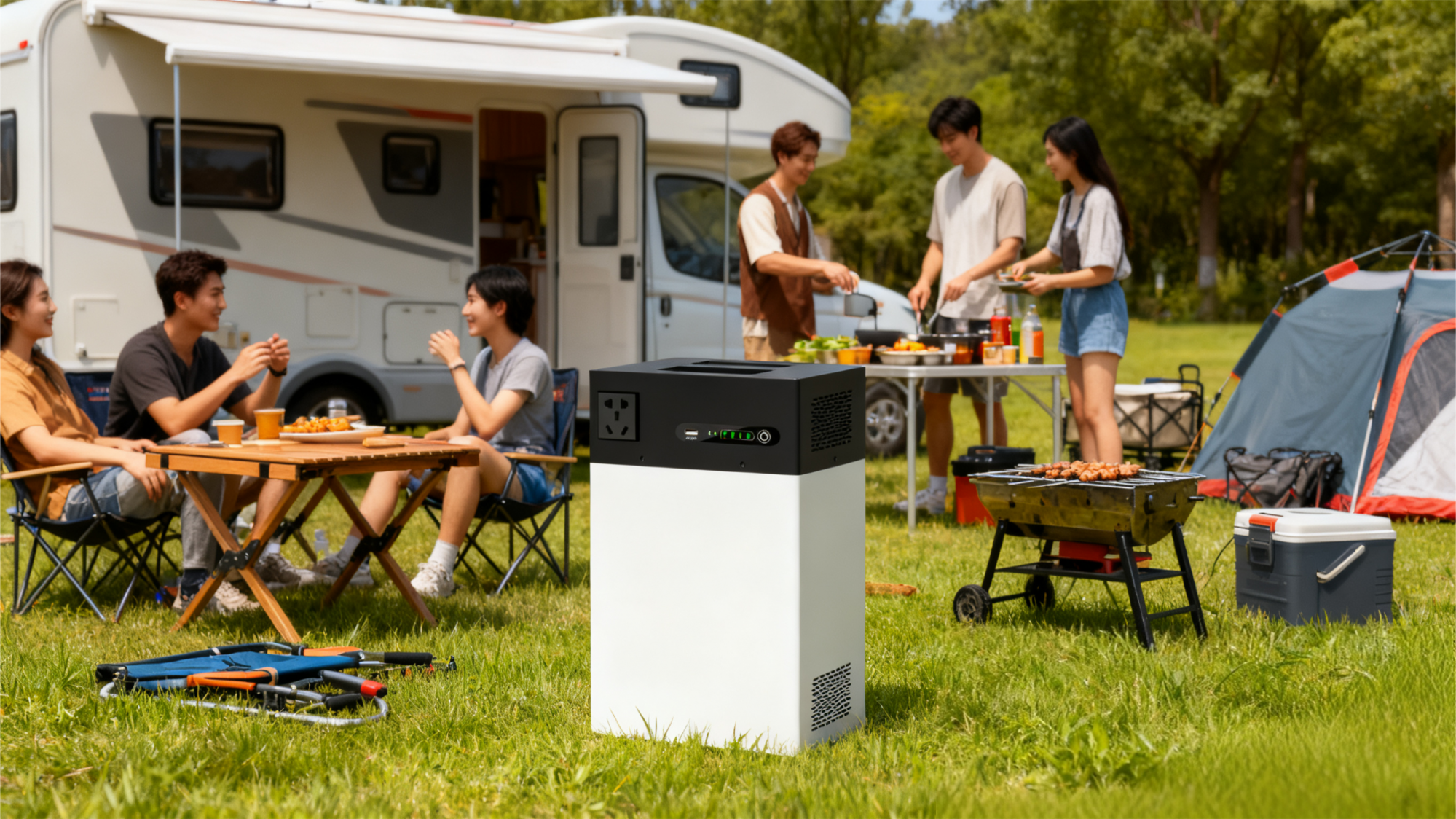
Say goodbye to electricity anxiety. The lithium iron phosphate outdoor power supply is here to protect you
2025-11-11 -
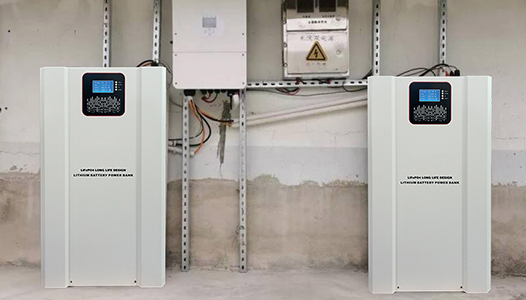
How do I assess the capacity of my inverter for my off-grid solar system?
2025-10-07








